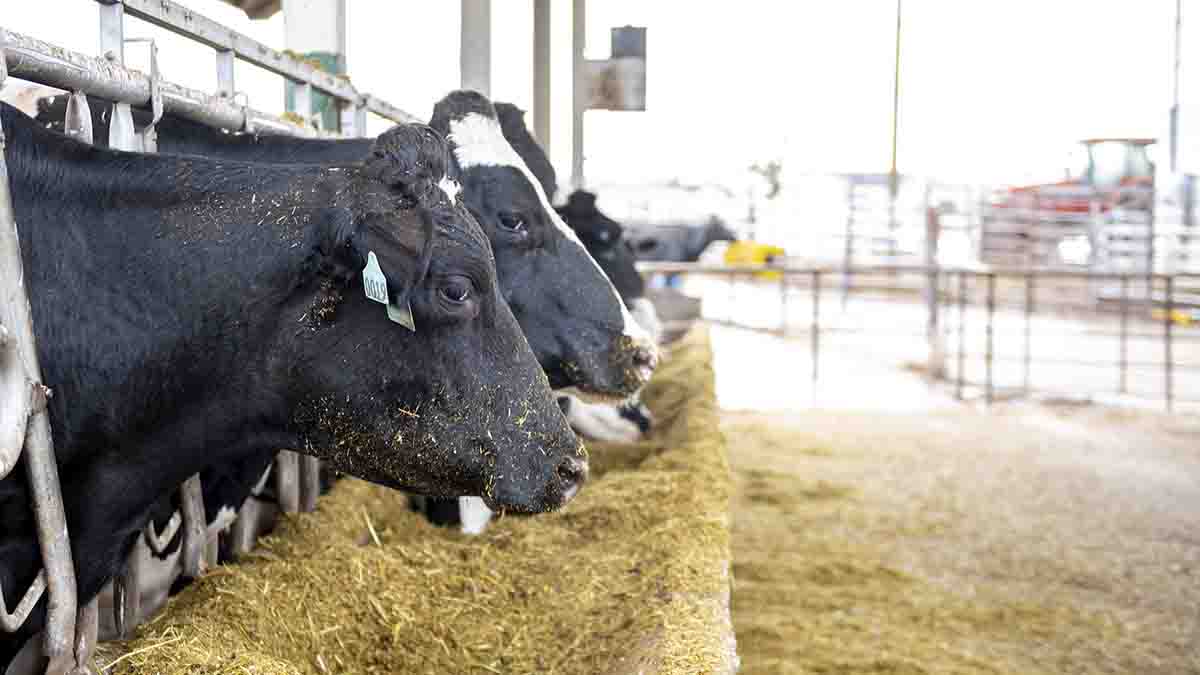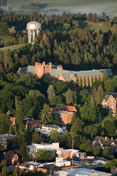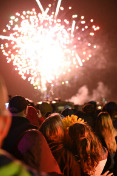U of I to host conference focused on adding value to animal waste
January 24, 2025
The University of Idaho and the Idaho Sustainable Agriculture Initiative for Dairy (ISAID) will host a national conference April 7-11 focused on finding creative and valuable ways to make use of animal waste.
The Waste to Worth Conference will be hosted at The Grove Hotel, 245 S. Capitol Blvd., Boise, with early registration offered at reduced rates through Feb. 14. Organizers expect 100 to 150 participants representing Cooperative Extension, other research entities, producers, regulators, conservation groups and industry to attend.
The Livestock and Poultry Environmental Learning Community (LPELC), which is a network of professionals from the U.S. and Canada involved in animal agriculture and environmental stewardship, hosts the conference every few years in a different region. Assistant Professor Linda Schott, a UI Extension specialist of nutrient and waste management, and Professor Mario de Haro-Martí, a UI Extension educator based in Gooding County specializing in agricultural nutrient and waste management, are co-chairing the 2025 conference, along with Professor Rhonda Miller, Utah State University’s agricultural environmental quality Extension specialist.
ISAID is funded with a $10 million grant from the U.S. Department of Agriculture’s National Institute of Food and Agriculture and involves 78 U of I faculty, Extension educators and students, with the goal of converting excess nutrients from dairy production into valuable bioproducts including commercial fertilizers and bioplastics.
The conference encompasses all aspects of animal agriculture including management of swine, poultry and cattle feedlot waste. It represents an opportunity to showcase the diversity of Idaho agriculture and the scope of the state’s dairy industry. Idaho is the nation’s third largest dairy producing state, and the dairy industry will be emphasized at the forthcoming conference.
“Idaho is a really unique location and climate for dairy production, which is different from other dairy states in the U.S.,” Schott said. “The sizes of our dairies are large, and they’re irrigated, which is a different production system. We also have small agricultural producers and lots of diversity in Idaho agriculture in general that folks coming in from other parts of the country may never have experienced before.”
Schott envisions attendees from other states will benefit by learning about Idaho’s unique approach to dairy production. In turn, Idaho participants will glean fresh ideas through their interactions with participants from other states facing different challenges.
“By hosting folks from elsewhere, we can hear feedback of, ‘Oh, we did this in Wisconsin, or we did this in Texas or New York,’ and get the ball rolling for collaboration,” Schott said.
On the night of April 9, faculty, graduate students and undergraduates will present about 40 posters featuring relevant research. Every student involved in ISAID will present a poster. Student researchers will be eligible to win cash prizes for their presentations.
Michael Parrella, J.R. Simplot Endowed Dean of the College of Agricultural and Life Sciences, will speak during the conference about the university’s forthcoming Idaho Center for Agriculture, Food and the Environment (CAFE), which will include the nation’s largest research dairy in Rupert. Mark McGuire, a University Distinguished Professor in the Department of Animal, Veterinary and Food Sciences who leads the ISAID grant, will discuss accomplishments of the ISAID research team. Other speakers will address water issues and the rise of the bio-circular economy that involves converting waste into useful products. A panel of industry officials will discuss the increasing emphasis on sustainability, and a panel of producers will address how they’re approaching increasing demands to incorporate sustainability practices into their production.
The conference will include three tours highlighting Idaho agriculture on April 8. One tour will visit dairies spanning from Boise through the Magic Valley. A second tour of the Treasure Valley will highlight water and wastewater management, both from urban and agricultural land. A third tour will visit Lucky Peak Dam, emphasizing how irrigation water is supplied in the Treasure Valley, and will also make stops at small agricultural operations to highlight how they’re upcycling manure, as well as the diversity of Idaho cropping rotations.

About the University of Idaho
The University of Idaho, home of the Vandals, is Idaho’s land-grant, national research university. From its residential campus in Moscow, U of I serves the state of Idaho through educational centers in Boise, Coeur d’Alene and Idaho Falls, nine research and Extension centers, plus Extension offices in 42 counties. Home to more than 12,000 students statewide, U of I is a leader in student-centered learning and excels at interdisciplinary research, service to businesses and communities, and in advancing diversity, citizenship and global outreach. U of I competes in the Big Sky and Western Athletic conferences. Learn more at uidaho.edu.






